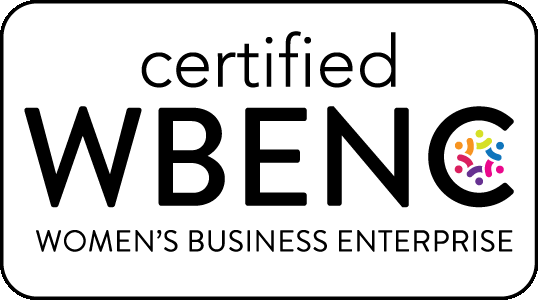TikTok. Instagram and Facebook Reels. YouTube Shorts. These popular short-form video platforms make it easy to inform, entertain, educate, and inspire audiences whose attention spans keep getting shorter.
But it’s not just teenagers watching trendy dance routines. Your company’s employees, too, are part of the video-as-information age, making-short-form video an effective medium to energize communication, connect with employees, and drive successful change management initiatives.
Here are some tips for making videos an essential weapon in your communications arsenal:
1. Start with the end goal in mind
- What do you want to accomplish – e.g., onboard new hires, educate about benefits options, clarify a complex program, or explain organizational changes?
- Is it important to showcase your company’s values in action by sharing leader insights or employee stories?
- What do you want your audience to know, feel, or do after watching it?
2. Plan smart and keep it short
- Begin by developing your script. Identify and focus on a single core message.
- Aim for about 150 words per minute and an overall time of one to two minutes, but definitely no more than three.
- Consider using a storyboard to depict the visuals that will accompany your script. Showing them together in a grid form with estimated timing per frame can be helpful, especially if you need to get approvals before production starts.
- If possible, engage outside production support If your budget is tight, a smartphone with good lighting can often suffice.
- Ensure the video is consistent with company branding. Many organizations have template reels and motion graphics guidance.
3. Create content that connects
- Open with a strong hook to grabs viewers’ attention and keeps them watching. Maintain energy through quick cuts and scene changes, and close with impact by reinforcing key takeaways.
- Strive for authenticity, particularly when featuring employees and executives.
- Avoid jargon and overly formal language; have people speak conversationally to make the video feel human and approachable.
- Use graphics, animations, music, and sound effects to underscore key points and keep your audience engaged.Include captions for those who watch with sound muted.
- Include a clear call to action, if required.
4. Develop a distribution strategy
- Take an “omnichannel” approach across multiple platforms, like the intranet, email, and internal social media, to optimize viewership.
- Ensure your video looks good and plays correctly on smartphones and other mobile devices.
- Consider a series or “chapter” approach if you need to convey more than one concept or key message, or to build anticipation leading up to a launch.
- Make your video easy to share among teams, through links, email forwarding, or scannable QR codes
5. Measure your results
- Track view counts, watch times, completion rates, shares, and click through numbers (if applicable) to assess engagement.
- Enable employee feedback and comments and analyze them for sentiment and opinions.
- Conduct follow-up surveys to gauge understanding and knowledge retention and see how videos are being received and how they could be improved.
- Monitor for changes in employee behavior or performance after rolling out your video and refine your strategy accordingly.
Want help with your video strategy or production? The O’Keefe Group is here to help! Check out some examples of videos we’ve recently created for our clients.


